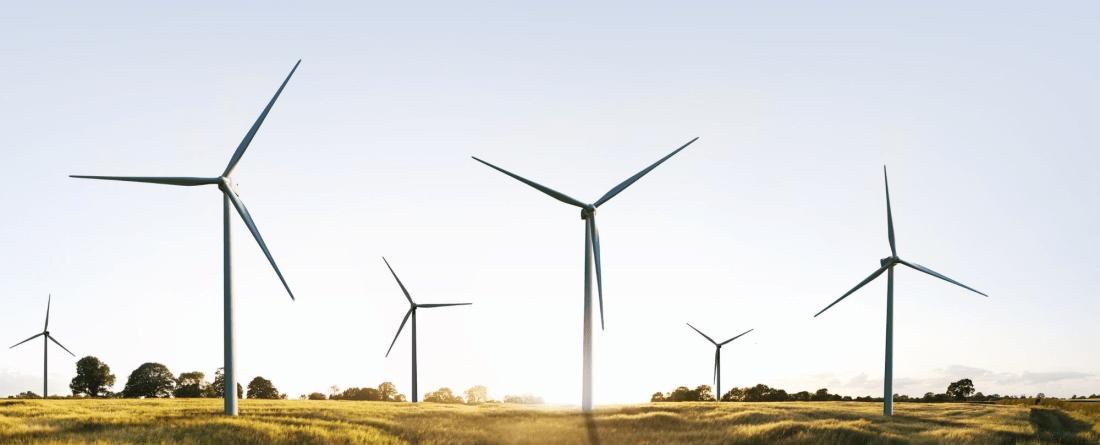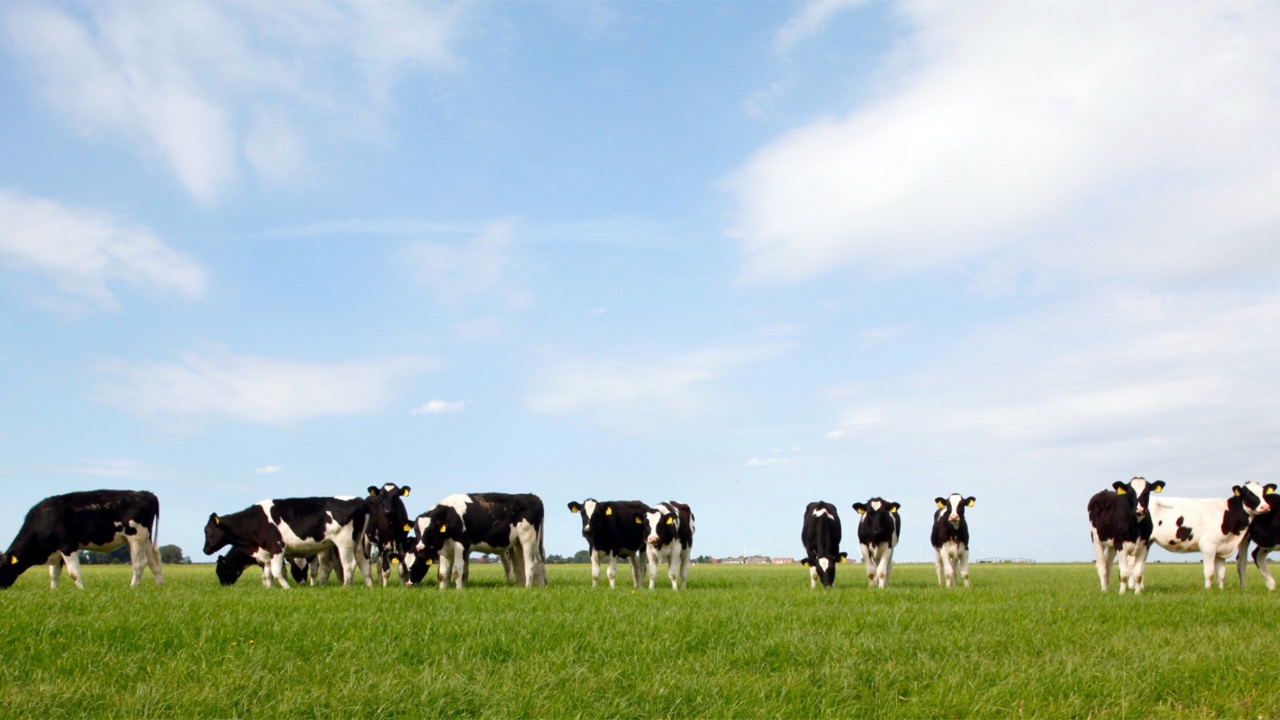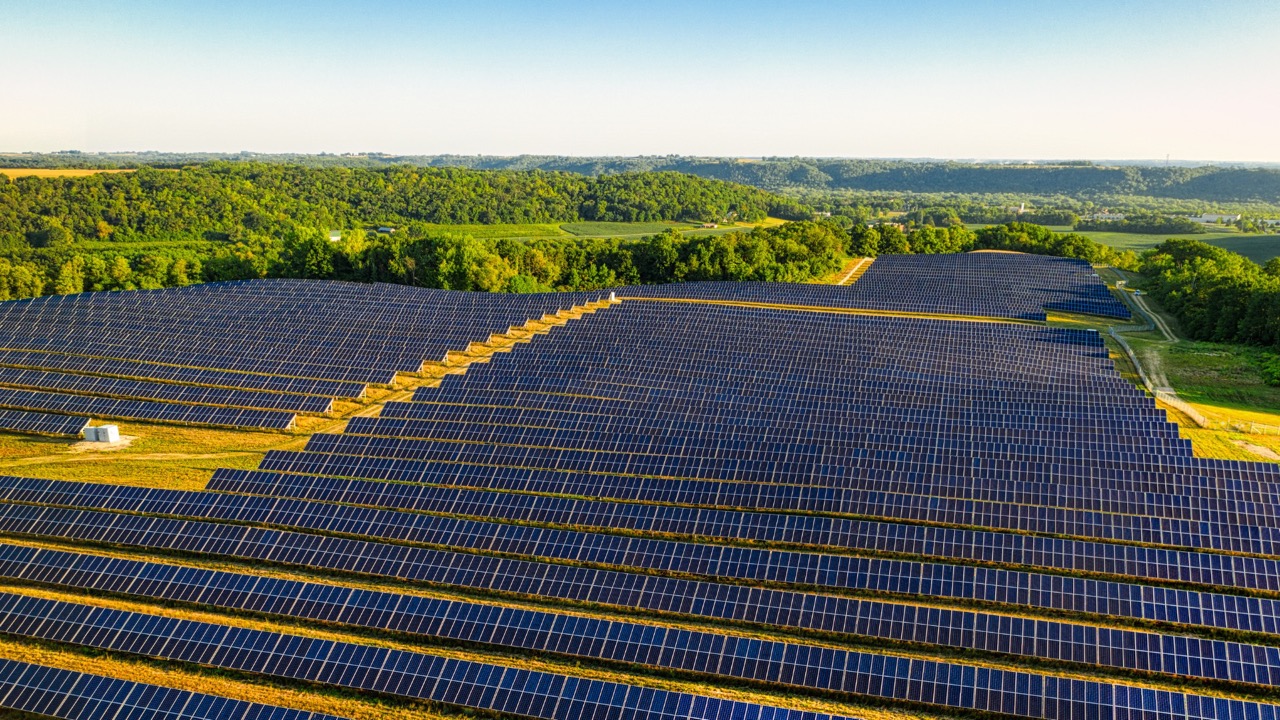
The Belt Road Initiative (BRI): Three positive impacts of a successful low-carbon transition in Africa
By Samuel Desai, Summer 2022 Intern, Center for Global Sustainability
New research from the Center for Global Sustainability (CGS) at the University of Maryland quantifies just how significant the positive impacts of a low-carbon (1.5°C) future would be for Belt and Road Initiative (BRI) partner countries. BRI, an international infrastructure policy sponsored by China, is designed to create economic benefits in developing countries and geopolitical advantages for China. The CGS study analyzes 17 environmental, economic, and social indicators, finding consistent improvements across 12 indicators through 2050 across 1.5°C scenarios.
For those most affected by the increasing impacts of climate change—including forced climate migration, historic flooding, heightened energy costs, and more—developing countries will bear the greatest impacts making the positive benefits highlighted in BRI evermore important.
The continent of Africa is geographically diverse, with about 1.2 billion people and a rapidly growing economy—presenting challenges across three major indicators: food insecurity, job growth, and air quality. This new paper finds that by prioritizing a just transition, the positive impacts of the low-carbon scenarios presented can lead to increased equity and economic success.
Food Insecurity
The first positive effect of a low-carbon future in Africa is its improvement in food security. Africa has the lowest levels of access to food in the world and rising levels of food insecurity throughout the last decade. This rise in food insecurity comes from several factors, including climate-related extreme weather events. Since access to food will worsen as greenhouse gas (GHG) emissions increase, failure to reduce emissions will economically disadvantage Africa compared to other BRI regions and the rest of the world.
Due to population and economic growth, food demand in Africa will increase by up to 100 percent from 2005 to 2050. In combination with climate change-induced low crop yields, BRI regions could spend six times more in 2060 than in 2020 to feed their inhabitants. A lack of food for Africans will endanger human life. Agricultural trade deficits will reduce Southern Africa's GDP by 7 percent, the most of any BRI region, and more than 2 percent elsewhere in Africa.
To prioritize just transition efforts in Africa, increasing food security is critical to progress toward a low-carbon, sustainable future. If a 1.5°C path is supported, synergies between carbon levels and crop yields will lead to widespread agriculture-induced benefits for the continent.
Employment
Another area with significant positive effects of a low-carbon future is employment in BRI regions. According to the BRI analysis, in 2020, the fossil fuel industry employed almost 1.8 million people in Africa. In a 1.5°C path, this number could fall by about 54 percent to 820 thousand jobs. From a just transition lens, divesting from fossil fuel use can lead to a significant loss of employment. Lost jobs would set a developing region further behind the rest of the world in economic opportunities.
To combat this potential job loss, this analysis shows that a sustainable transition could increase total employment by promoting green jobs in renewable energy sectors. Job opportunities will also emerge in manufacturing, power generation, and many other industries. Green jobs will increase almost four-fold over the next three decades because of the societal transformation away from a carbon-intensive economy. The societal changes associated with a green economy will require rapid employment increases in many new sectors, contributing to just transition efforts concerned with employment.
Air Quality
Air pollution is also a significant factor to evaluate for BRI countries. Globally, 6.67 million people died from air pollution in 2019. In Africa alone, more than 1 million excess annual deaths are attributed to air pollution.
This new research focused specifically on PM 2.5 and Ozone pollution because they have the highest fatality level. Increased PM 2.5 pollution can cause an irregular heartbeat and decreased lung function. Environmental damage can include reduced soil fertility and water acidification from PM 2.5. Ozone, on the other hand, worsens asthma, damages airways, and increases the odds of airway damage. A 1.5°C scenario would reduce PM 2.5 and Ozone concentrations by 36% and 22%, respectively, across BRI partner countries and lead to a significant annual reduction of deaths in Africa alone.
Looking forward: financing a just transition
Overall, CGS’s new paper highlights the positive benefits of a low-carbon transition. Across 12 different indicators, it is clear that significant sustainable development provided by a low carbon transition is a strong motivator for African nations to increase climate-conscious policies. Without increased international investment and cooperation, such a pathway will not be possible to achieve.
Our findings indicate that $1.1 Trillion (in 2010 USD) will be needed to transition the power sector of the entire BRI region. However, many countries do not have the capital to fund a transition to renewable energy. The BRI is one of the many vehicles for investment that Africa can utilize to create sustainable development.
It is also vital that such a transition is implemented justly. Additional support will be needed to reduce the adverse effects of the current fossil fuel economy. Job retraining, environmental restoration, and business development plans are just some areas that require funding to create a carbon-free economy that works for all.



